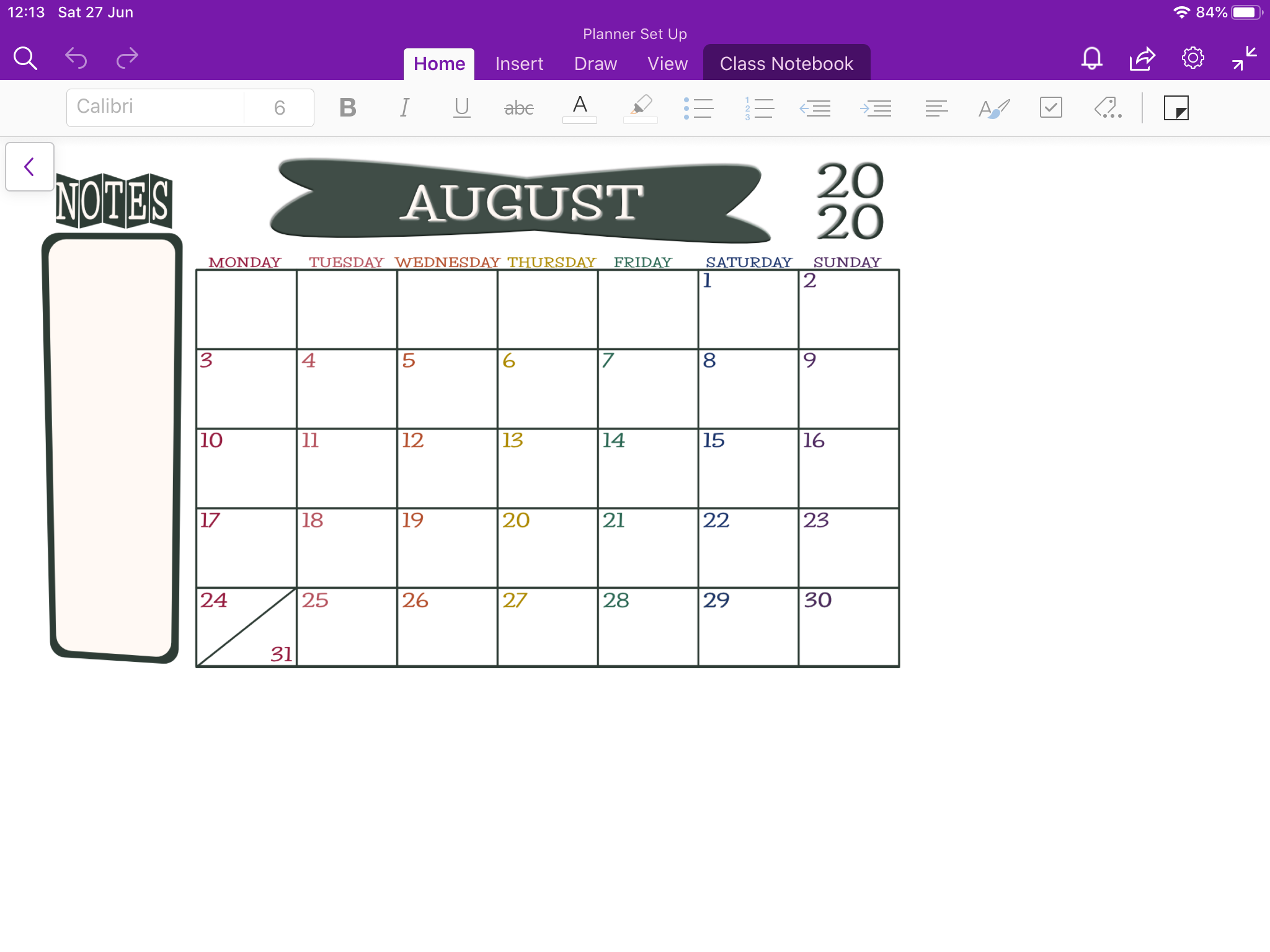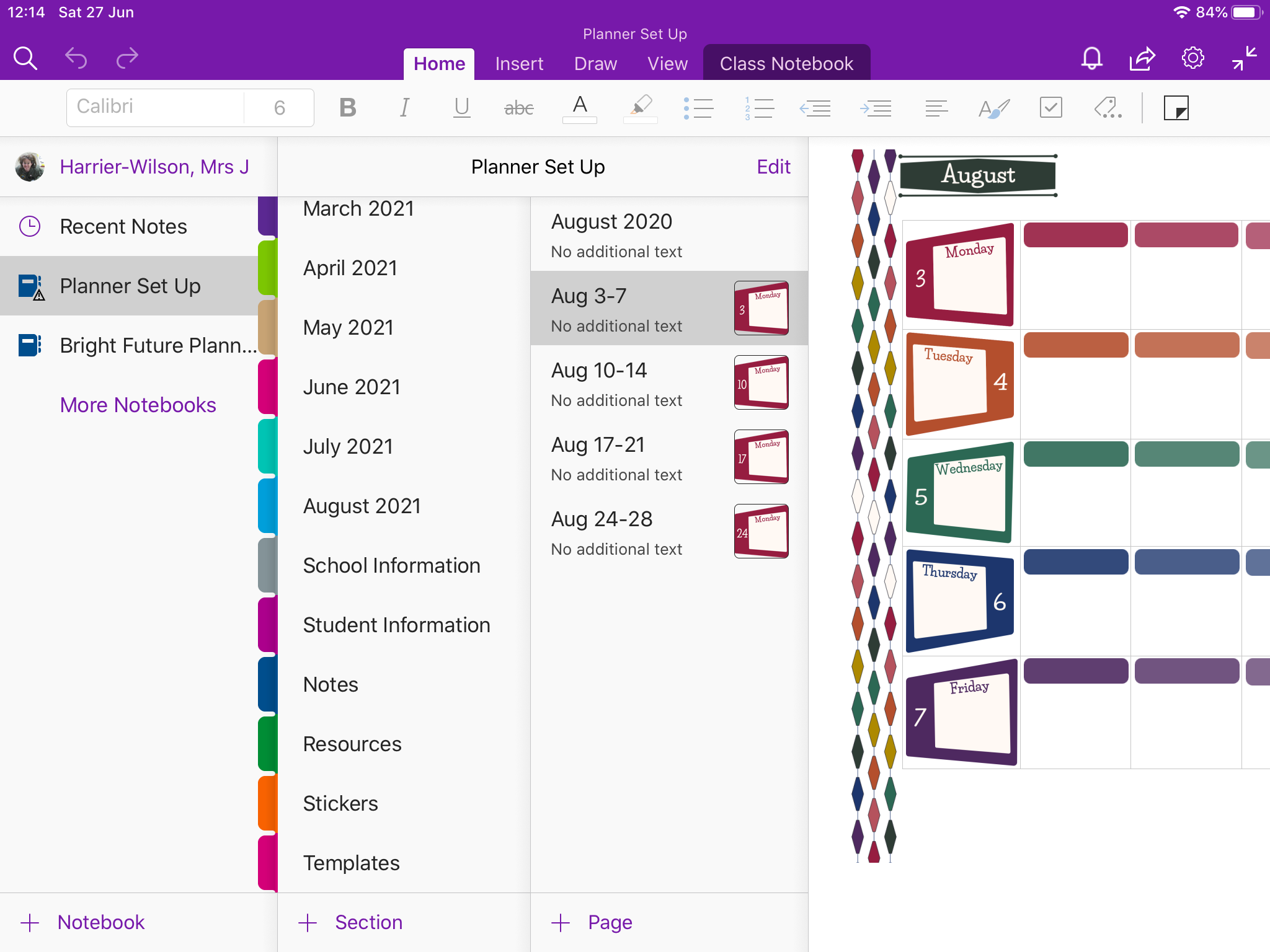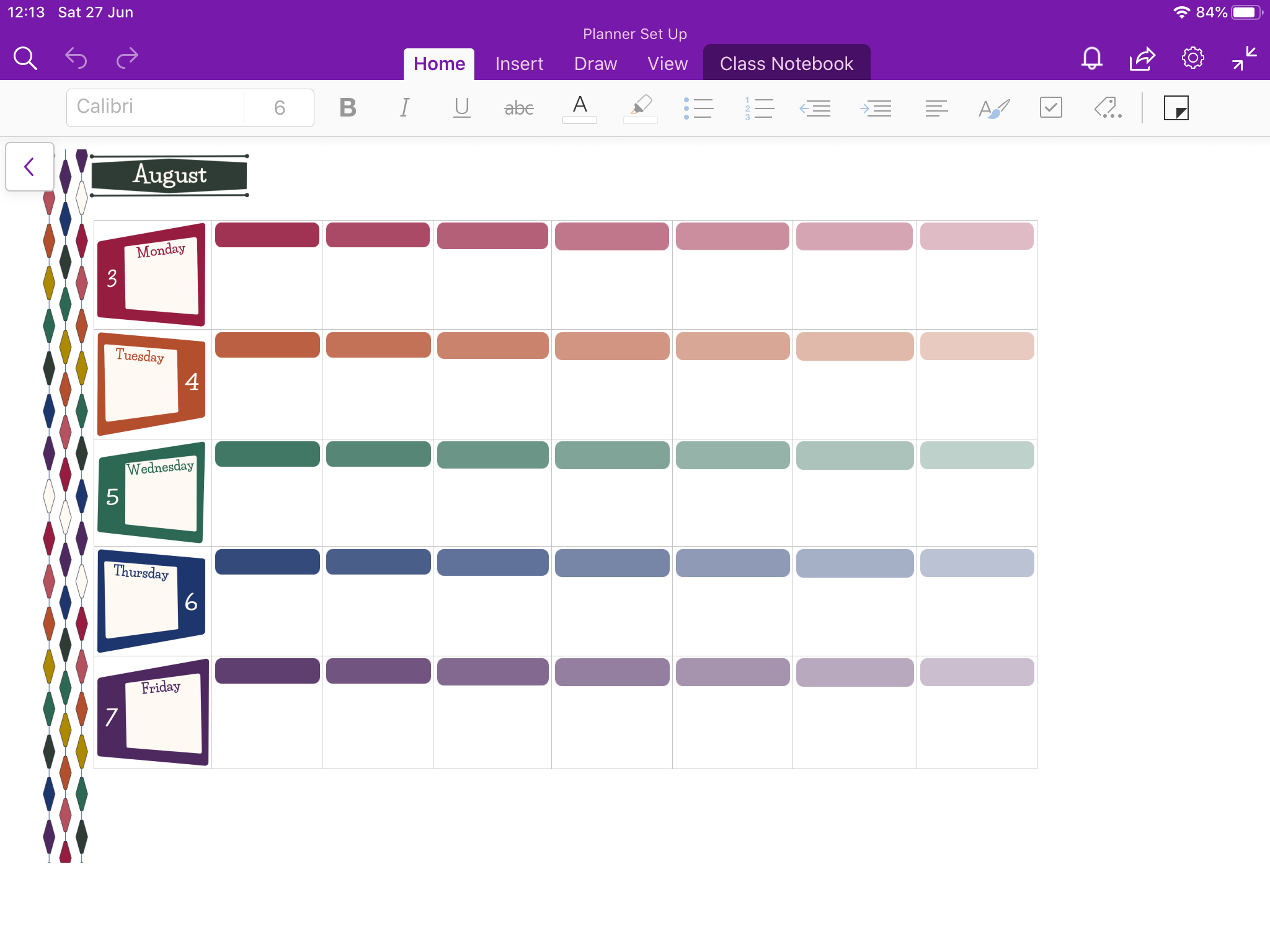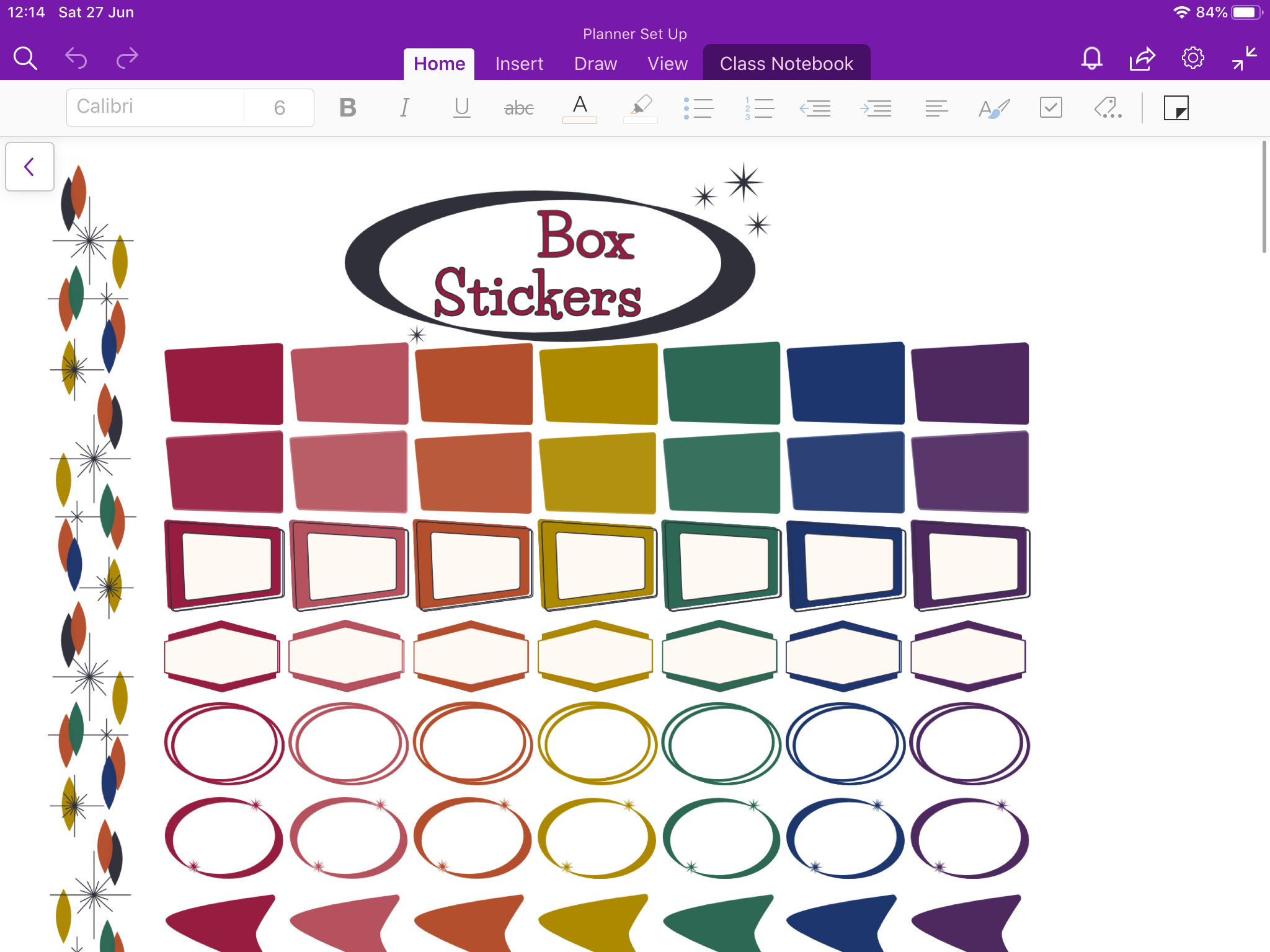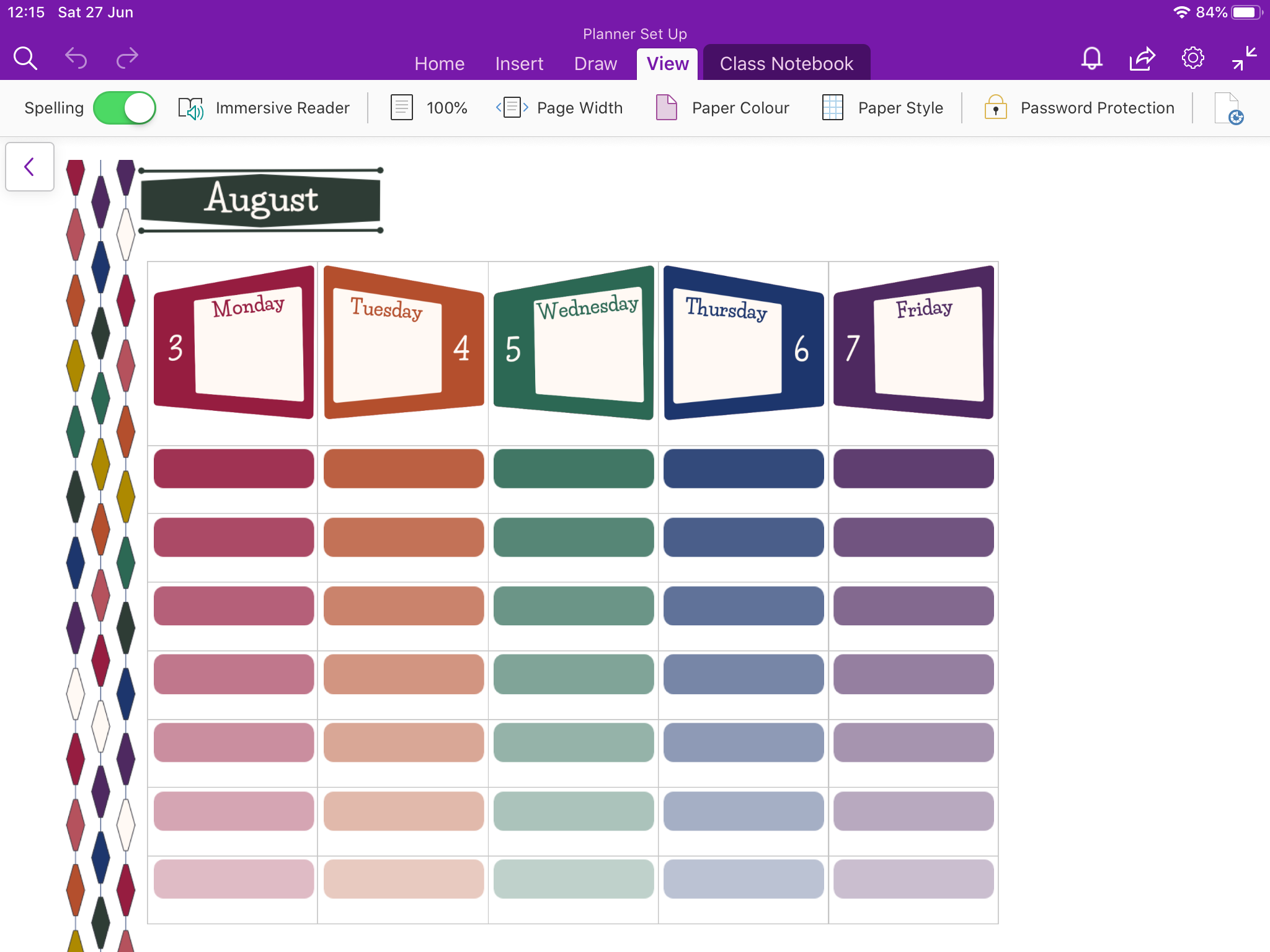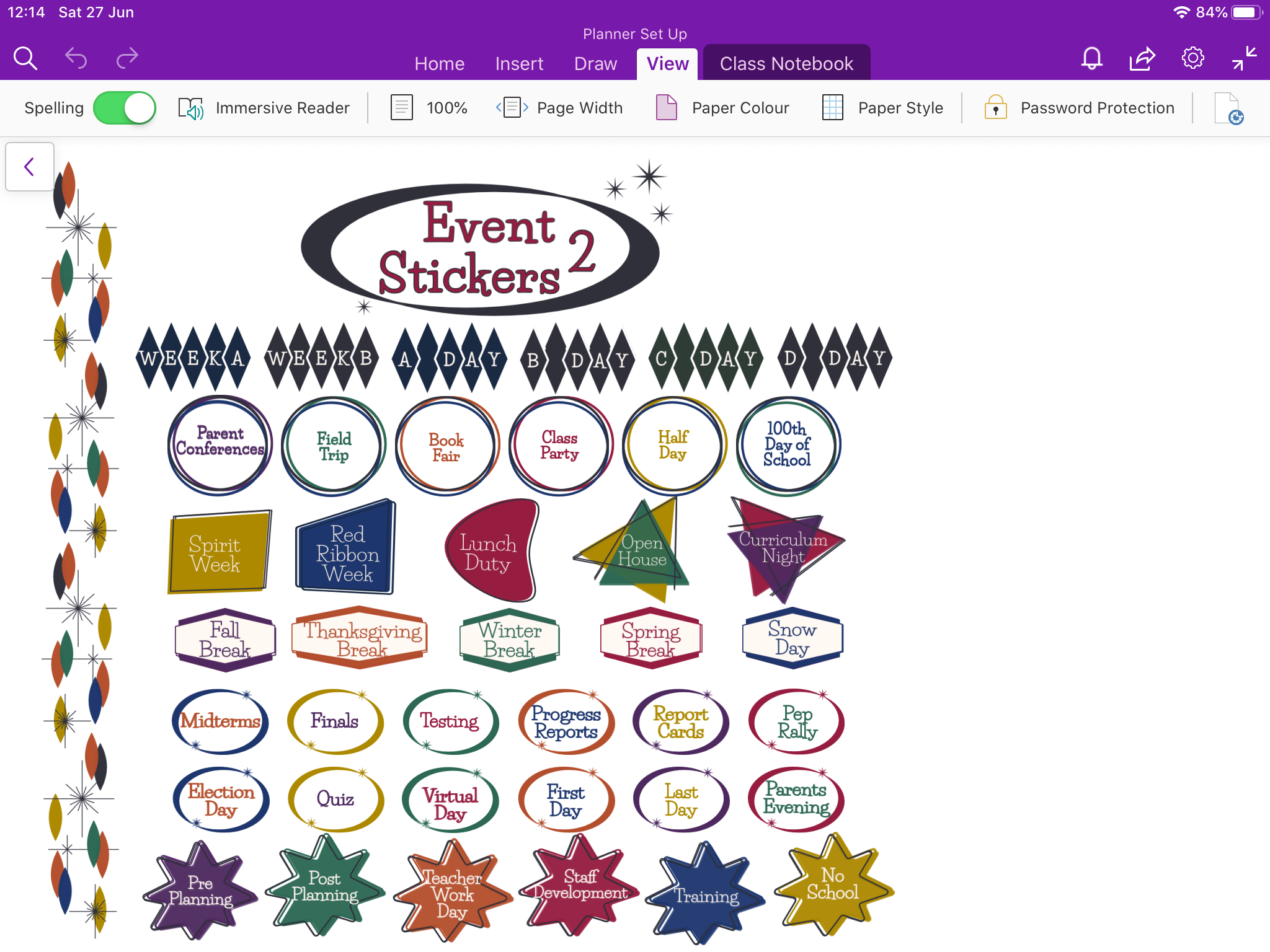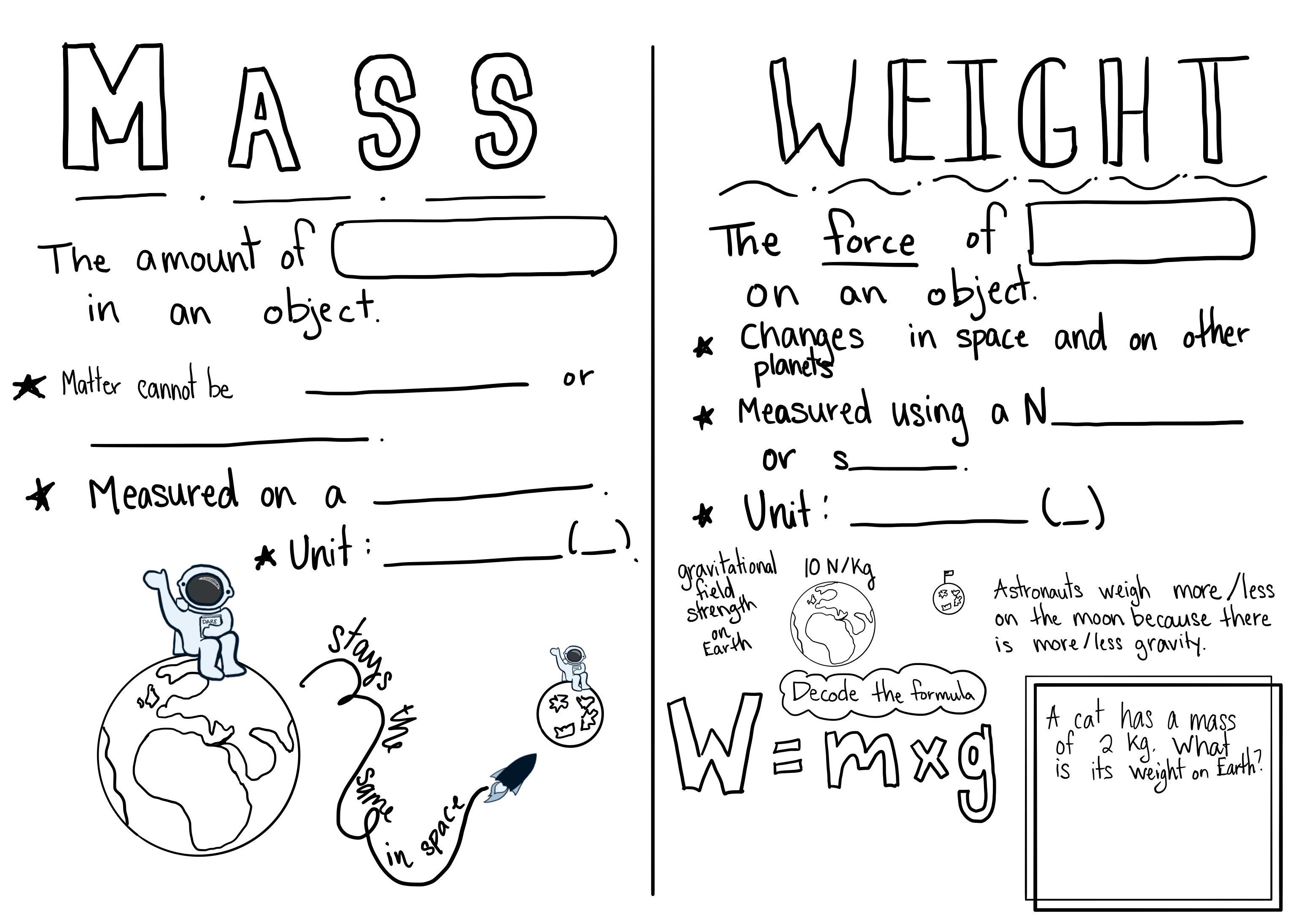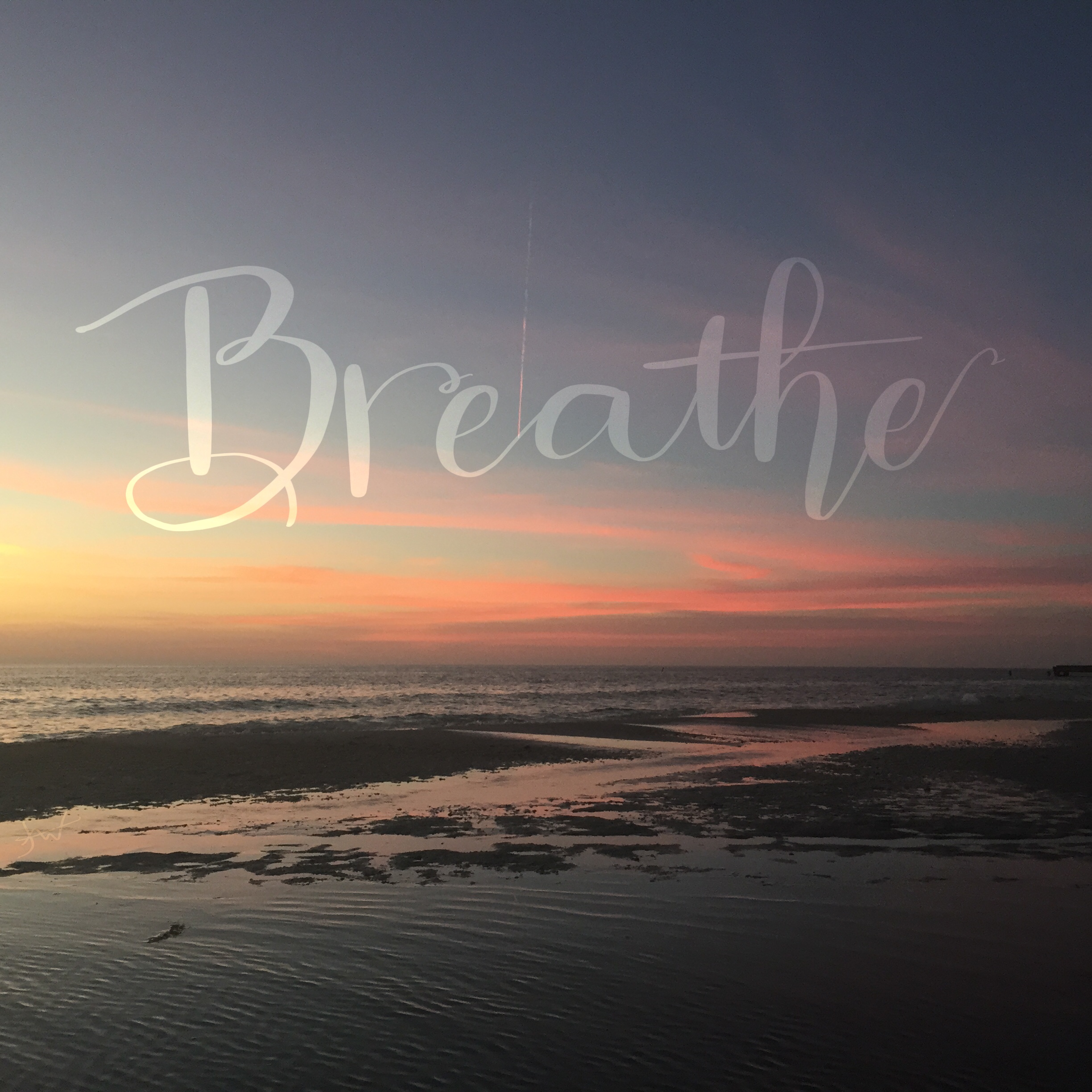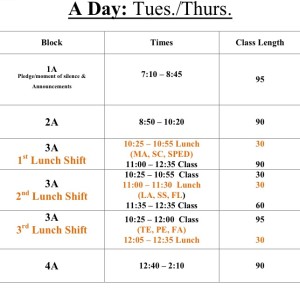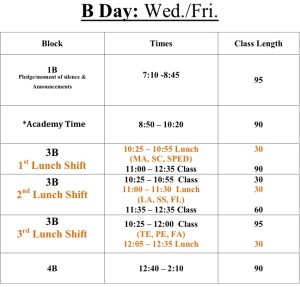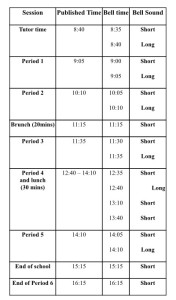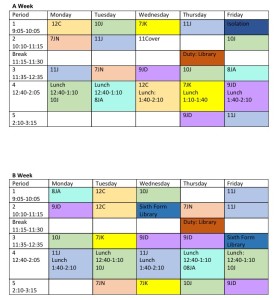Introducing Mrs Wilson Science YouTube Channel!
I am so excited to introduce the new Mrs Wilson Science YouTube channel! I’ve been posting a few videos here and there to YouTube for years, but I’d always used my personal channel. I thought it was time to get a bit more professional and to separate personal and education focused videos. I plan to post videos explaining how to use technology tools like Teams, OneNote, and MS Forms. I will also post the occasional instructional video about different science topics. Please subscribe to my channel, and I look forward to sharing informative videos with you in the future!
The Space Foundation's Dr Abrams Space Across the Curriculum PD
Last week, I had the incredible opportunity to participate in a virtual PD with the Space Foundation. This is usually held in person at their headquarters in Colorado. However, the pandemic meant they had to get creative and move the experience online. This also meant it was much easier for international participants, like me, to get involved.
We spent the week working through a project based learning (PBL) task. We envisioned it was the year 2035 and we were tasked with setting up a lunar base. We worked in groups of 3-4, and I had the most amazing team. Even though we were in three different countries and time zones, we found a great working rhythm and were able to get everything done in an efficient manner. Not only that, but the experience included lesson plans for each day so that we can take the project and do it with students.
I have quite a bit of experience with PBL working in two different schools with PBL programs. However, even with this experience, I got some great new ideas as part of the PD. I can’t wait to bring this back to school and create a way to share this with students!
The Space Foundation is a non-profit organisation, and the love to support teachers. If you’re looking for ways to incorporate space into your classroom, check out their student and teacher resources for ideas and support.




